The Best Great American Novel: A Top 10
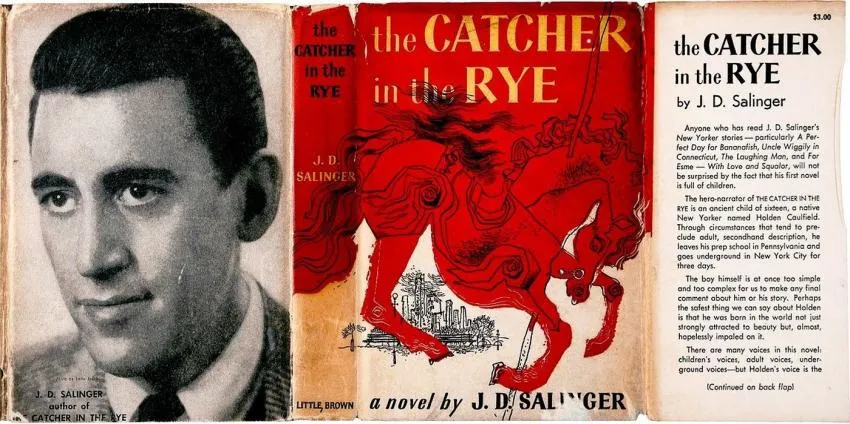
The Great American Novel is an elusive beast. American Literature, especially in the 20th century, has yielded some extremely memorable and critically classic books. Before we go through the best Great American Novels of all time, let us first define what a Great American Novel is:
The Great American Novel (GAN) is a Western novel which is said to capture the essence of spirit of America. Its author is typically American and speaks about the identity of America itself.
American Literature is known far and wide as some of the best reading to ever be published. The subject is vast, and as a result, there are many contenders for the title of Greatest American Novel. Ranging from older classics to post-9/11 chronicles, here are some of the best American novels of all time.
In my own personal reading experience, I have found exploring lists of award winners and literature syllabi to be the most effective ways to find the Great American Novels. At the same time, I find it very rewarding to stumble upon a book that is not well-known, although equally worthy of the title of Great American Novel.
In the past two years, I have branched out from William Gaddis and F. Scott Fitzgerald to embrace the writers of the early aughts. Highly skilled wordsmiths like Michael Chabon, Jonathan Franzen, and Don Delillo have been my favorites as of late. Their understanding of American Culture resonates throughout each of their books while they simultaneously spin intricate American stories and plots together.
To define American Culture, in the sense of the Great American Novel, one has to consider what America holds dear. This is a country defined by freedom, opportunity, and rigid individualism. In later years, this country can be described as ego-centric, money-hungry, and existing under a cult of advertising and fancy technology.
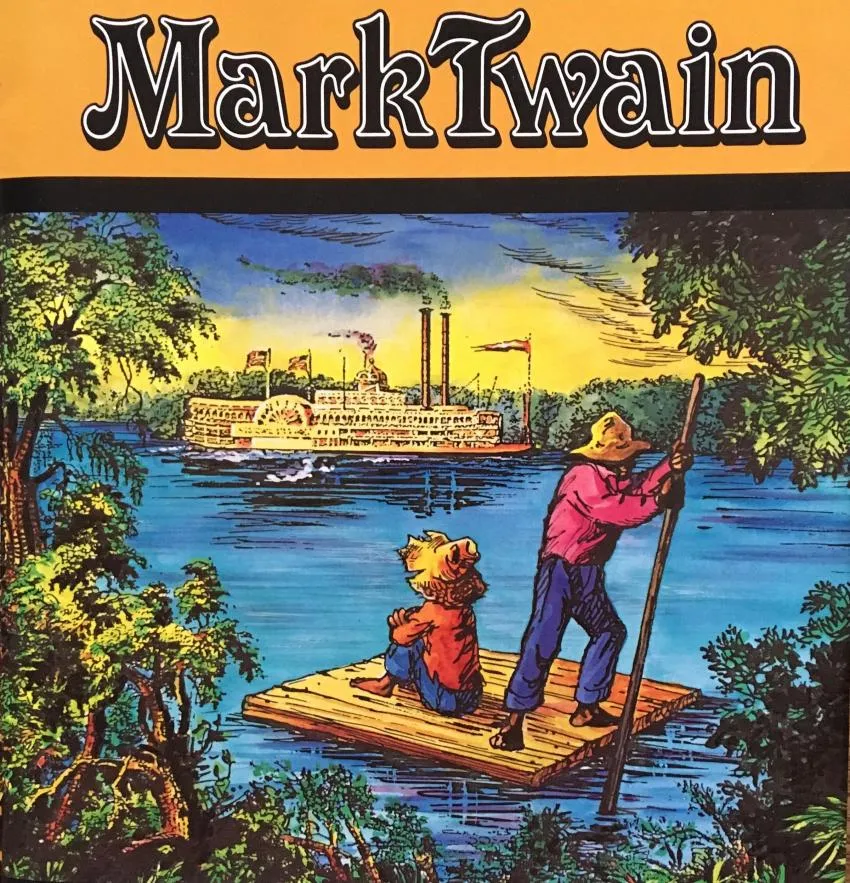
The History Of The Great American Novel
The Great American Novel has proved itself to be hard to pin down. Sweeping adventures like The Adventures of Huckleberry Finn are cast alongside cerebral highbrow epics like Infinite Jest. It is a great wonder how two such different books can simultaneously capture the essence of American Culture.
The term, "Great American Novel" was first coined by John William De Forest in an 1868 essay. In his estimation, there was really only one book that fit the bill of a Great American Novel. During his time, he mentioned Uncle Tom's Cabin by Harriet Beecher Stowe as a possible contender, but also conceded that The Great American Novel had likely not yet been written.
In the years to follow De Forest's throwing down of the Great American Novel gauntlet, one book really started to stand out. In 1884, Mark Twain, a legendary American author in his own right, published The Adventures of Huckleberry Finn. This book, with its depiction of American society in the 19th-century, captured the minds of readers.
For the Great American Novel to be considered as such, it must capture the feeling and aesthetic of America in a vivid and original way. Twain's use of low-culture language, a large journey traversing the country, and his unforgiving depiction of racism allowed the book to feel representative of America in the mid-1800s as a whole, for better or worse.
The Adventures Of Huckleberry Finn as The Great American Novel
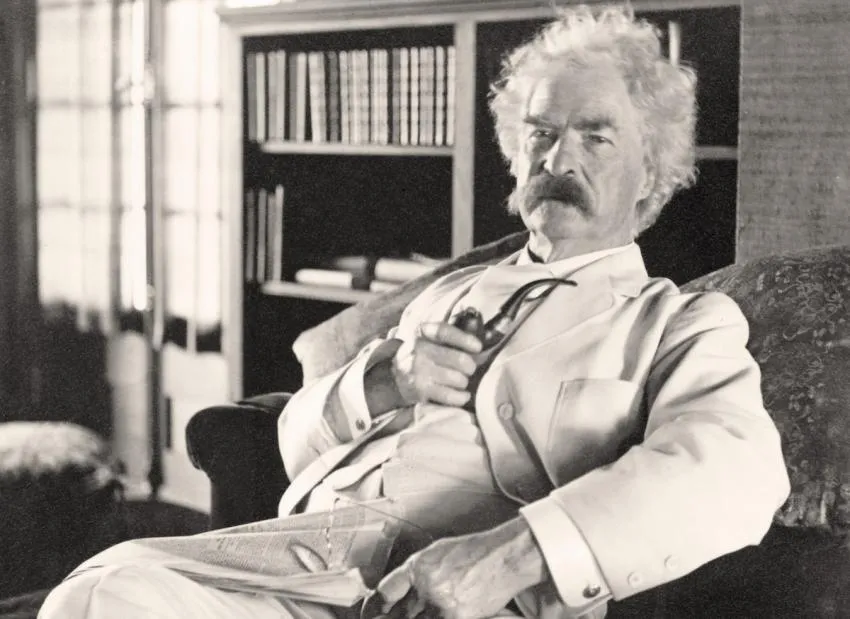
Image Source: TIME
Written by Mark Twain in 1884 and set in the antebellum South, this book is well known for its use of local color and Southern vernacular. What some might consider poor English, others have embraced as realistic dialogue.
I first read The Adventures of Huckleberry Finn in high school but recently reread it for one of my college courses. I was taken by how good it still was to me. After I finished it, I reveled in just how funny it was. The sense of Twain's America, while outdated, is a definitive picture of America's storied history.
Following the story of a young boy who suffers abuse at the hands of his father, and many other adults he comes into contact with, the boy (Huckleberry Finn), escapes down The Mississippi River on a raft with escaped slave Jim.
The two learn to accept one another’s differences, and despite having little in common, they find out they want to protect one another against the evils of the world. As a result, the two successfully survive various dangerous situations and eventually make their way down south where Jim is captured.
Huckleberry vouches for Jim’s good heart, describing his loyalty at every turn of the trip to Tom Sawyer’s family. Throughout the novel, Huck struggles with religion, as he very much wishes to be a “good boy” as taught to him by his caretakers back home.
When Huck decides against going with society’s idea that helping runaway slaves will damn him forever, he shows his human side. Huck declares emphatically, “All right then, I’ll go to hell.” This sharp turn away from racism and religion shows how fickle the American soul can be.

How To Write The Great American Novel
There is no clear-cut path to writing a Great American Novel. There are however a few directions you can take to point yourself in the general direction. Originality is key, but historical research is absolutely essential as well. In order to capture your time period in America, you must first know the era inside and out. That being said, here are a few tips you can follow to write the Great American Novel.
1. Be Original. Your novel needs to stand out amongst the large collection of books that flood the market today. In order to do so, you either need to say something new or say something timeless in a new way. This is easier said than done, as it takes time and life experience to come up with an original idea.
2. Do Your Research. While many authors have had success writing about their own time, as in the one in which they lived, you might tie this step into the first one by writing about a time period that hasn't been discussed in depth before. There is almost no limit to the options available to you as American History is chock full of interesting occurrences. Research your subject thoroughly until you can write about it with conviction.
3. Know When To Stop Researching. This step may seem counterintuitive to the second step, but remember that a large part of writing the Great American Novel lies in the actual writing of it. Don't spend more time researching than writing. If the writing comes easy to you and feels authentic for the time period, then chances are you can start to tone down the information intake.
4. Give Your Reader Some Credit. When writing your Great American Novel, give your reader some credit in that they just might know what you're talking about. Over-explaining, using unnecessary dialogue tags, or including filler information takes away from the reading experience, and at its worst, can actually insult the reader to the point that they may put your book down for good.
5. Run A Marathon, Not A Sprint. When writing your Great American Novel, you need to pace yourself. Temporary spells of writer's block are inevitable. In these periods, don't get down on yourself, try to cleanse your mind with a favorite show or movie. Often these ideas can help you find flaws in your own work, or inspire new ideas for your characters to utilize.
6. Seek Input From Peers and Teachers. Talk to people you admire about your book. Ask them to read it and let you know what they think. If you are in school or had a favorite English or composition teacher while you were, ask them if they could read your manuscript and give you their opinion. It is always good to have a peer critique your work as well.
7. Listen To The Legends. The very first step of writing a Great American Novel lies in finding inspiration. You should try to read as many of the Great American Novels as possible to get an idea of what the structure and/or formula of these amazing books might be. Imitation is the sincerest form of flattery but doesn't forget the first point: be original. A new spin on an old idea can go further than you might think.
8. Write a Rough Draft Without Corrections. Your first draft is rough for a reason. It is your opportunity to get your ideas on the page. Later on, you will have plenty of time to chop and destroy your draft. But before that happens, you need to get some lines down on the paper. Save everything you write, you never know when it might come in handy.
9. Find Your Voice. Whether you have to take pieces of your favorite authors' voices or you already know how you want to sound to the reader, it is important to know who you will be as a writer. Finding a uniform or consistent writing style can help you to make your novel free-flowing and pleasing to read.
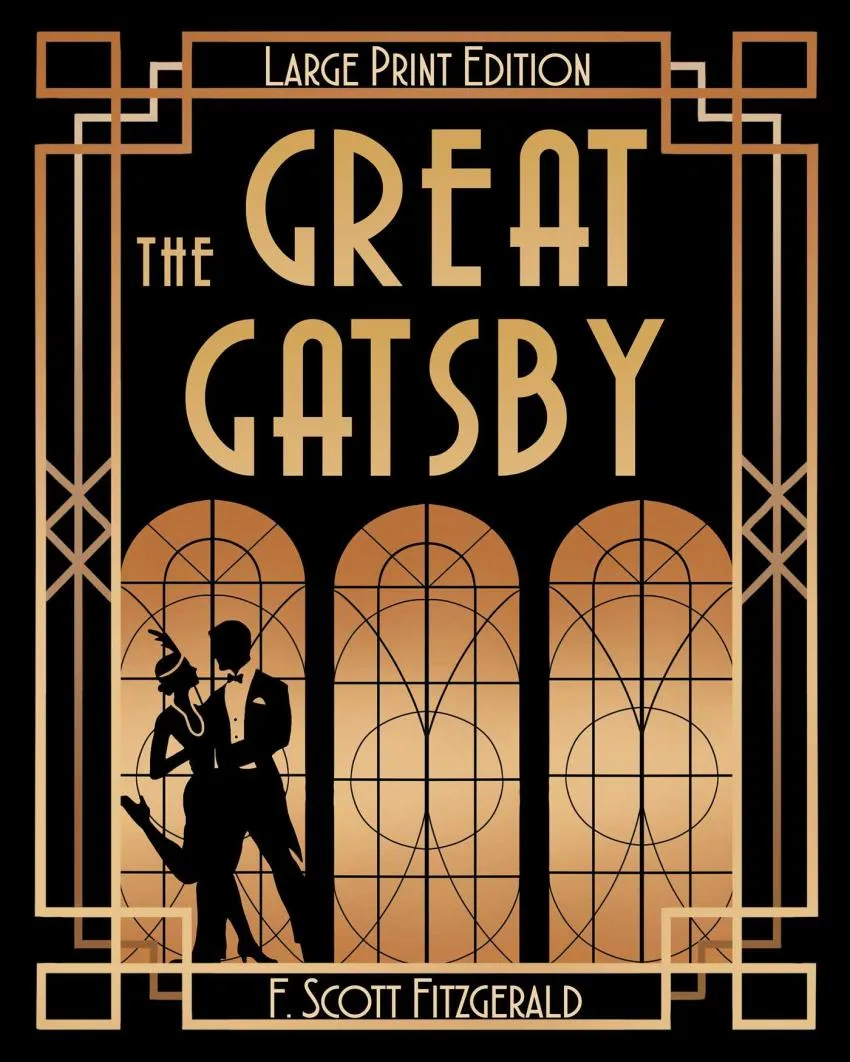
The Best American Novels of The 20th Century
When making a list of only ten of the best American novels, one must consider the story told, the characters portrayed and the impact the book had on the culture as a whole. Furthermore, the book must have sold well, reached a wide audience, and rooted itself in the hearts and minds of Americans.
I picked these from my most recent understanding of the Great American Novel. These are the books that have spoken to me and represented the idea of America in the best possible way.
Some of these titles have endured the hard test of time, while others only became popular decades after their publication. Regardless of their subject matter, they all have one thing in common: tackling the uniquely complex idea of America in the form of a story.
Here are the top 10 picks for the Great American novels of the 20th Century:
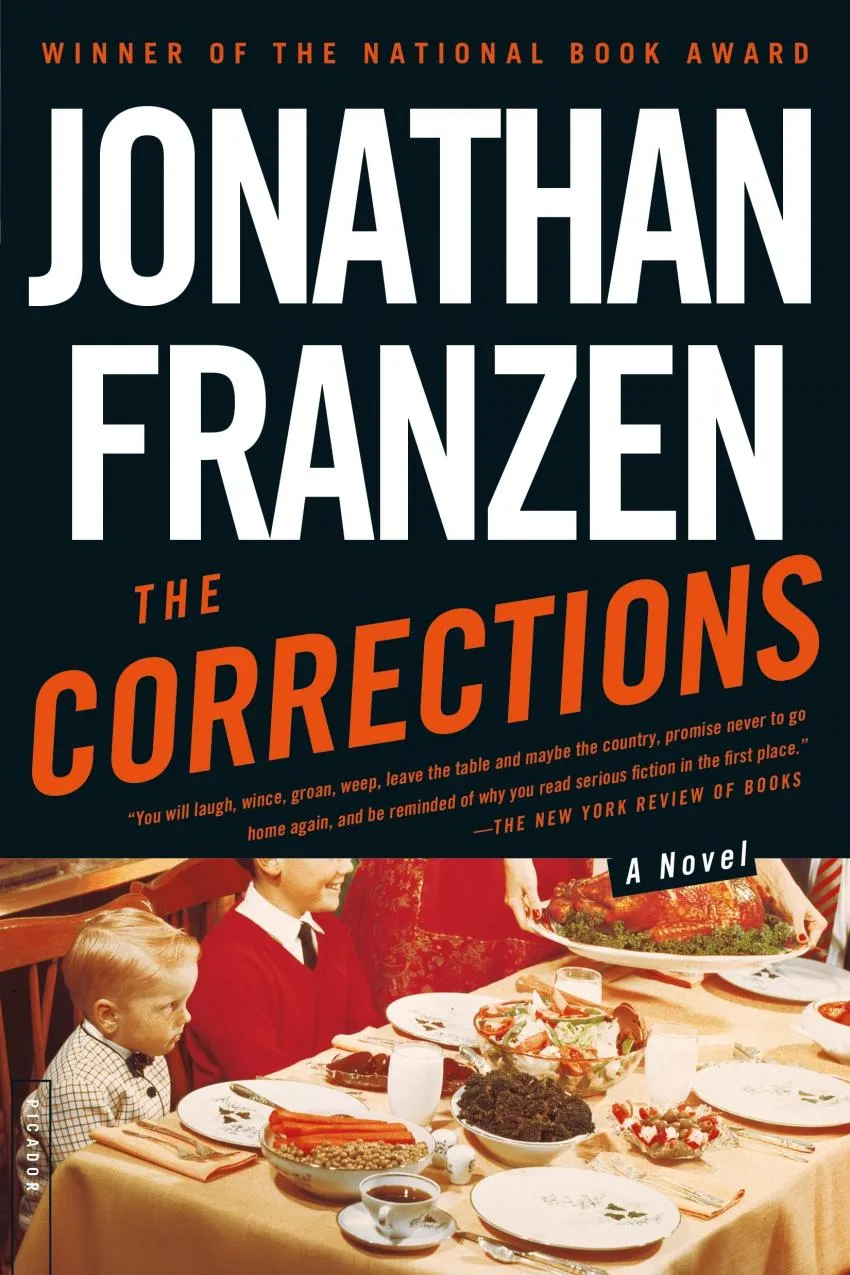
10. The Corrections By Jonathan Franzen
The Corrections is a Great American Novel. If capturing a time period is a prerequisite for an American writer to etch his name in history, then look no further than 2001's The Corrections. Post 9/11 America is the era that we live in right now. This book captures that time period perfectly, even though it was released a few days before that terrible disaster.
Life in America in 2001 is hard for some, and boring for most. Even though the economy is booming, people all over are struggling with clinical depression, a decreased emphasis on socialization due to the rise of cellphones, and the overall stigma of the Clinton Administration's scandal has placed a black eye on the country.
Franzen's characters are all interconnected, which, if done correctly can successfully weave together a larger point while also making many smaller and equally potent arguments. The Lambert family struggles with family issues as well as their own personal secret lives once they leave the nest. Antidepressants, poor decisions, and even early-onset Alzheimers are some of the difficulties that his characters go through.
Few books have defined a generation in the way that The Corrections has. Post 9/11 America is such a specific period in time, and yet such a fresh and relatable one, even here in 2020. The isolation of American life in the technology-ridden age of Silicon Valley and iPhones is at the root of our social angst. And now with COVID-19, this book takes on a whole new level of meaning.
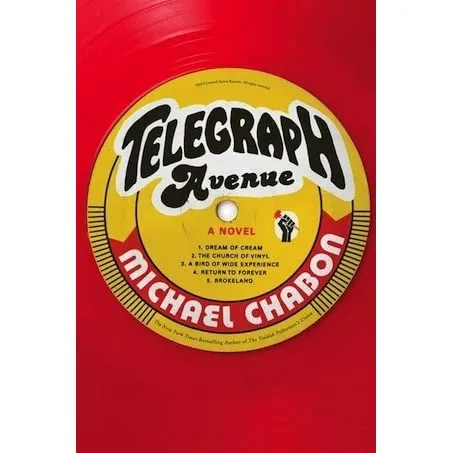
9. Telegraph Avenue By Michael Chabon
Published by Michael Chabon in 2012, this novel explores race heavily, with a cast of African-American and mixed-race characters, all of whom seem to have some part in one another’s lives. This book speaks to the “melting pot” idea of America as a land of immigrants and dissimilar people who nevertheless get by together.
Archy Stallings and Nat Jaffe own a record store in Oakland, CA on Telegraph Avenue. Archie is black and Nat is Jewish. The two are very close as friends but are ultimately pulled apart by the need to move on in their lives and make decisions on their own. This speaks to the larger idea of American individualism.
Fatherhood is a prominent theme as Archy tries to forget his drug-addict father who is a former blaxploitation film star. Chabon uses dense descriptive prose as a way to describe the complicated nature of multi-ethnic communities. The idea of America in the 21st century is discussed here as well, as their local store is on the verge of being bought out by former NFL player and megastore-owner Gibson Goode.
Goode claims his chain of stores will bring jobs to the citizens of Oakland, but Archy and Nat have a hard time letting their store, and each other go. Archy also struggles with infidelity, even though his wife is pregnant. Taking place in 2004, this book also features a memorable cameo by then-senator Barack Obama, who tries to convince Archy’s wife that he is a good man.
A subplot of the novel involves Nat’s son Julius, and Archy’s illegitimate son Titus. The two carry on a sexual relationship and holds no punches in describing it. This legitimization of LGBTQ characters is perhaps Chabon’s way of letting us know the inclusive direction America should be heading from now on. The inclusion of this plot just adds to the overall “melting pot” feel of the novel, showing us that Americans come in all shapes, sizes, colors, and creeds.
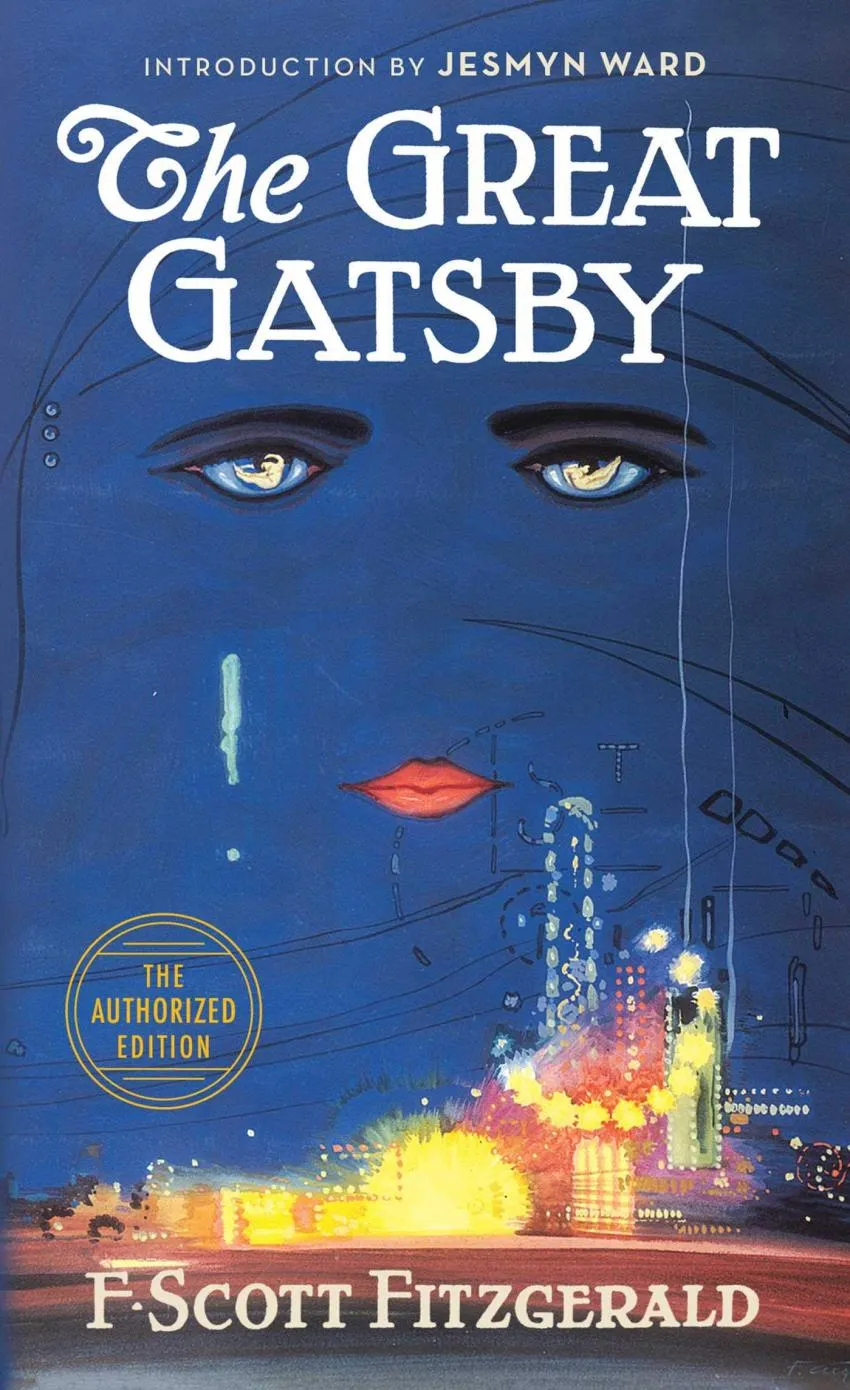
8. The Great Gatsby By F Scott Fitzgerald
Few Great American Novels have achieved the notoriety of this next entry. Fitzgerald paints us perhaps the most memorable picture of The Roaring Twenties ever recorded. With wealthy mysterious self-made characters like Jay Gatsby alongside greedy, entitled, immoral men like Tom Buchanan, the thin veil of materialist America is lifted.
Consequently, we are forced to ask ourselves the hard questions about our capitalist existence. When money is valued over all else, is there anything we won’t do to get ahead? Seen through the eyes of our narrator Nick Caraway, we get an idea of what it’s like to be wealthy in the 1920s where flappers and illegal liquor abound.
A sexual revolution is taking place with women taking matters into their own hands. Extravagant parties at the Gatsby mansion give us insight into the superficial nature of America’s Jazz Age. We watch Nick become an accomplice to Gatsby’s scheme to reunite with his long-lost lover, Daisy Buchanan, who happens to be Tom’s wife.
The book itself is essentially a tragedy, with the moral being that you cannot live in the past. Gatsby finds he is unable to recreate his magic with Daisy in any lasting way, and it is later revealed that before he was Gatsby, he was just a poor kid who wasn’t good enough for her.
Money and greed are central themes as well as the hedonism of the time period. When you live as our main characters do, you find out that you won’t last long, and ultimately sorrow follows you. Nick becomes disillusioned with the post-WWI world and its debauchery and superficial nature.
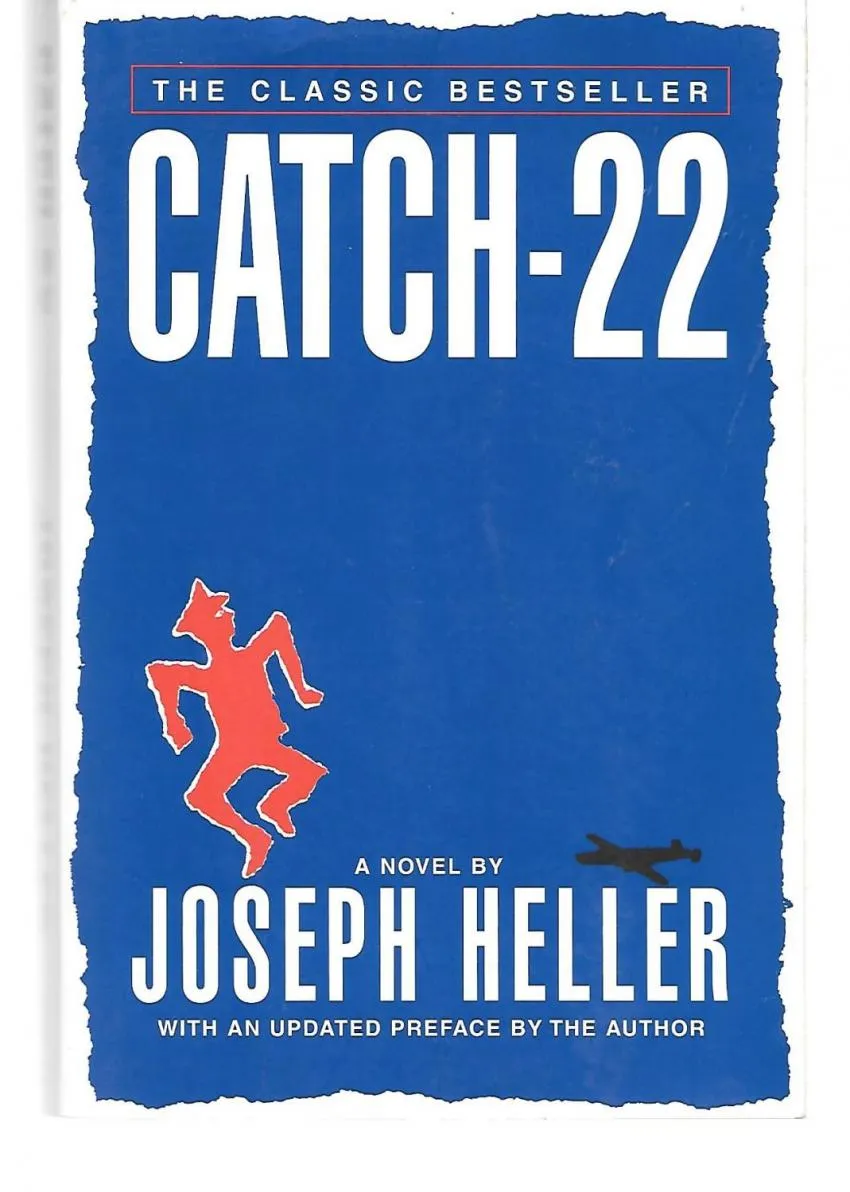
7. Catch-22 By Joseph Heller
The first book on this list to take place in The Second World War, Catch-22 is a book that looks to unmask the glory of war through a comedic filter. Following a B-25 bombardier through his time in The Mediterranean Theatre, we are shown constant absurd and arbitrary events. At the same time, we see deeply tragic events of loss while our anti-hero John Yossarian suffers through boredom and existential angst.
Fearing for his life, Yossarian makes various plans to get out of his duty to go on bombing missions, which are extremely dangerous. As a result, we are treated to some of the most humorous moments ever recorded in WWII literature. Looking to escape the Italian island of Pianosa, where the bomber wing is stationed, Yossarian struggles with wanting to save himself and be there for his friends at the same time.
Much of the novel takes place in an absurd fashion, which is done to show us just how silly military decisions can be. The infallible veil is taken off of the American military and we are shown that not only are mistakes made here too, but mistakes here cost large amounts of human life. For instance, Colonel Cathcart’s decision to continually raise the mission count gains his fame and power in the military, but only at the expense of Yossarian’s friends, many of whom will not make it back home.
Consequently, Yossarian begins to question the authority of the US Army Air Corps and figure out why Colonel Cathcart gets to choose if he lives or dies. Yossarian fights against the establishment, utilizing clever tactics and ploys to keep himself alive. This anti-war novel was published in 1961 but got popular during the Vietnam War. Many American youths turned to Catch 22 to understand their feelings about the war. Another large theme of the book is the global economy and supply and demand.
Yossarian’s best friend, Milo Minderbinder, starts out as a mess officer who eventually becomes one of the most prominent businessmen on the European continent through various war-profiteering schemes. This shows that war is just as much of a business as it is anything else, and Milo tells us as much when he is told that war is not about profit. He replies snidely, “Yes sir. Not only profit sir!”
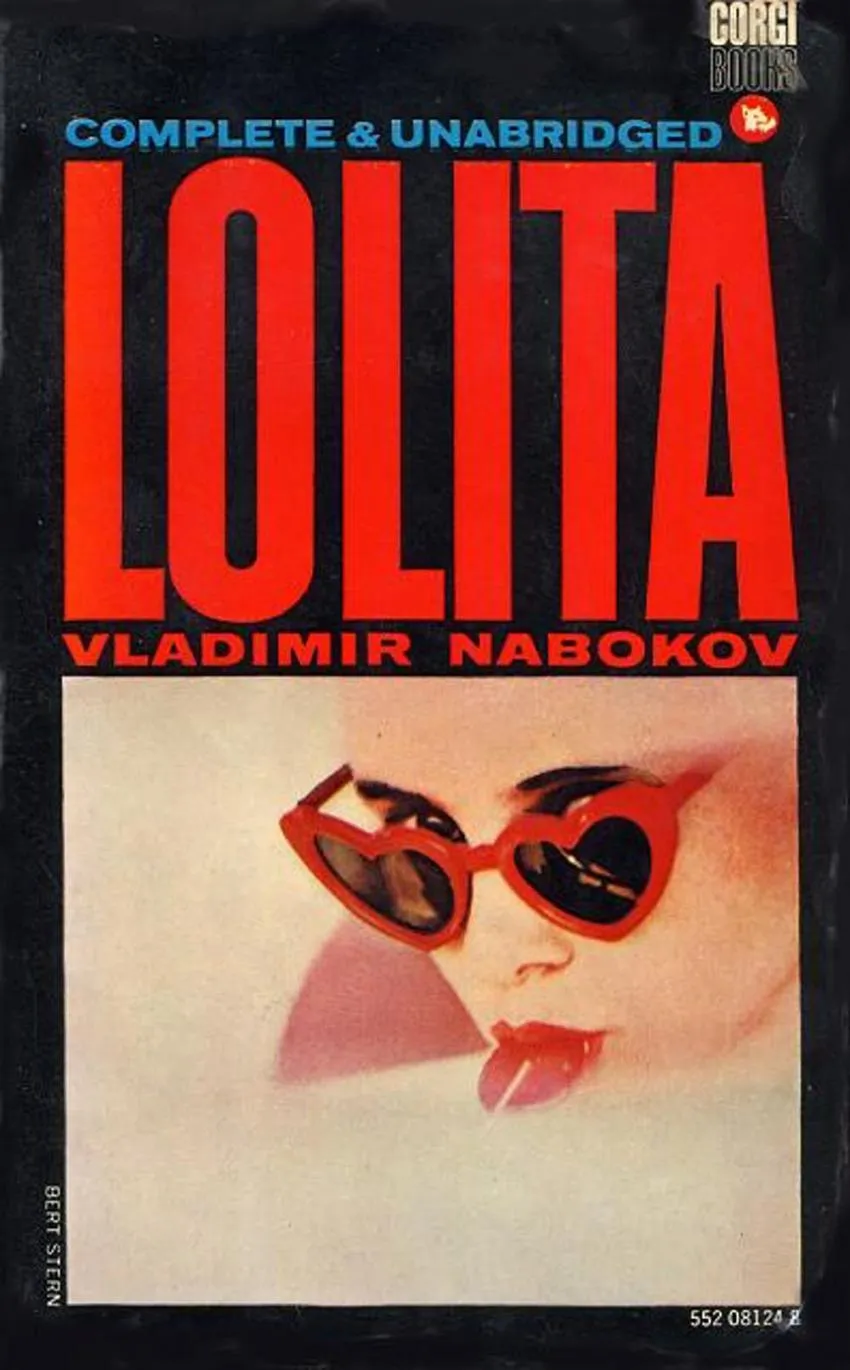
6. Lolita By Vladimir Nabokov
Although Nabokov was born in Russia, his view of American society is an extremely important one. As an outsider, he was able to look at America through an unbiased lens. His 1955 novel, Lolita is one of the most controversial books ever put to print. In addition, it is also one of the most well-written and darkly humorous tales of all time.
Lolita is a young girl whom our unreliable narrator becomes the guardian of. He falls in love with her and they travel the country on massive road trips. Well, that’s not the whole story. Lolita is technically Humbert’s step-daughter and she’s only 14 when they meet. Although he describes their physical relationship as consensual, as does she herself, her inability to consent to anything at her age makes this deeply sick.
The actual book is less about a perverted man and more about compassion. Nabokov, through his unique prose and hilarious descriptions, makes us feel bad for this essentially immoral man. We see that, while deeply disturbed, Humbert really does love Lolita. His attempts to control her only push her further away and when confronted with the harsh truth that he did indeed take her childhood and innocence away from her, he mourns the loss.
Since Humbert must keep moving to avoid suspicion or coming into contact with anyone from their old life as a family, Lolita and Humbert crisscross the US. We are given vivid descriptions of all corners of the country while Lolita reads her movie magazines and Humbert teaches her tennis. A separate man, very similar in his perversion to Humbert, presents himself as a challenger to our misguided narrator.
All in all, the feelings this story invokes are the most important aspect of this book. Nabokov forces us to feel sympathy for a bad man, a disturbed and sick man, yet, we as the reader, can understand his sadness. It is this ability to create emotion that makes Nabokov one of the most gifted authors of the 20th century.
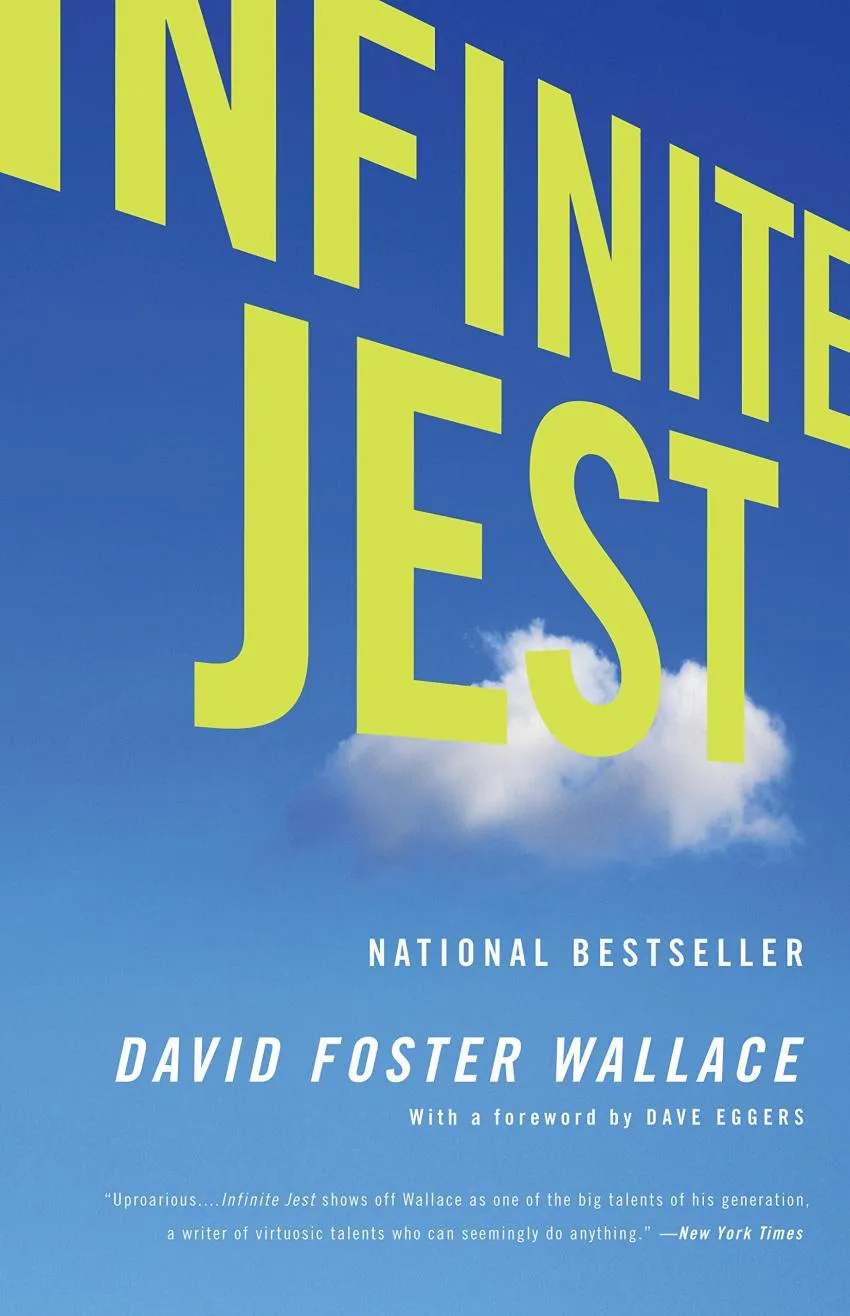
5. Infinite Jest By David Foster Wallace
When it comes to the Great American Novel, history shows us that innovation and originality are very important. Consequently, when David Foster Wallace released his 1,100-page magnum opus in 1996, literary buffs and readers alike were mesmerized by its intricacy.
This is a tome of a book that features about 200-pages of endnotes, which forces the reader to pause his effort and turn to the back for additional clarification. As such, this experience takes the reader out of the action and sends them to a new place, constantly throughout the book.
The book itself is an experience, a virtual reality of sorts, given all the information the author puts in these notes. Almost 500 separate endnotes detail the world of Boston, MA for us mainly through two lenses: the Ennet House for recovering addicts and the Enfield Tennis Academy.
We simultaneously watch these children learn to be better players while we watch these adults try to fix their mistakes. Our main protagonist is tennis prodigy Hal, son of the late creator of the school. His father is noted for creating a form of entertainment so potent that it puts its viewers in a vegetated state.
In the future USA, Canada has been “gifted” the Northeast United States, as long as the US can send their toxic waste there. Both The Canadian separatists and the new North American government search for the samizdat, this new form of entertainment to use as a weapon on each other.
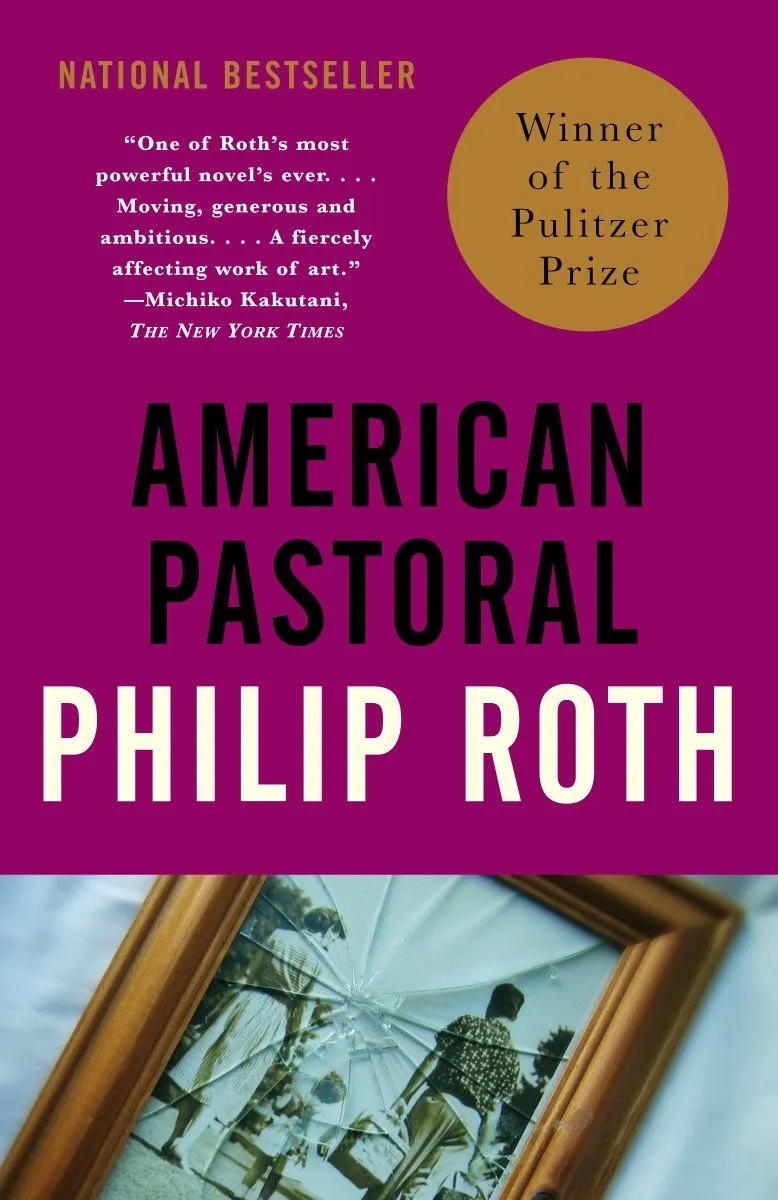
4. American Pastoral By Phillip Roth
In 1997, Phillip Roth released his Pulitzer-Prize-winning book, American Pastoral. In addition to being the first book in his “American Trilogy”, this novel is also one of nine books to feature protagonist/writer Nathan Zuckerman, a stand-in for Roth himself.
Our novel starts us in the quaint Weequahic section of Newark in the pre-war years. We learn about the locals, and one, in particular, catches Nathan’s eye: a superstar jock and all-around nice guy named Seymour “Swede” Lyvov.
When Nathan attends a high school reunion many decades later, he finds out The Swede has died. Next, the framing device for the novel is put into place as Roth imagines what Seymour’s life might have been like. Though the novel is not about Nathan so much as it is about Nathan’s idea of what life was like for Seymour.
Through flashbacks, we are given the details of the man’s life as envisioned by Nathan. Consequently, we never know what is true and what isn’t, but we are enamored with Zuckerman’s imagination. This in turn allows us to appreciate Roth as an author, which is an impressive way to frame a story.
From WWII-era America to the Vietnam War, and the counterculture of the 1960s, we are shown Seymour’s troubles as his daughter Mary joins the anti-war movement and bombs a local building. The last 90% consists of Seymour dealing with the fallout and then mourning the loss of his own American Dream.
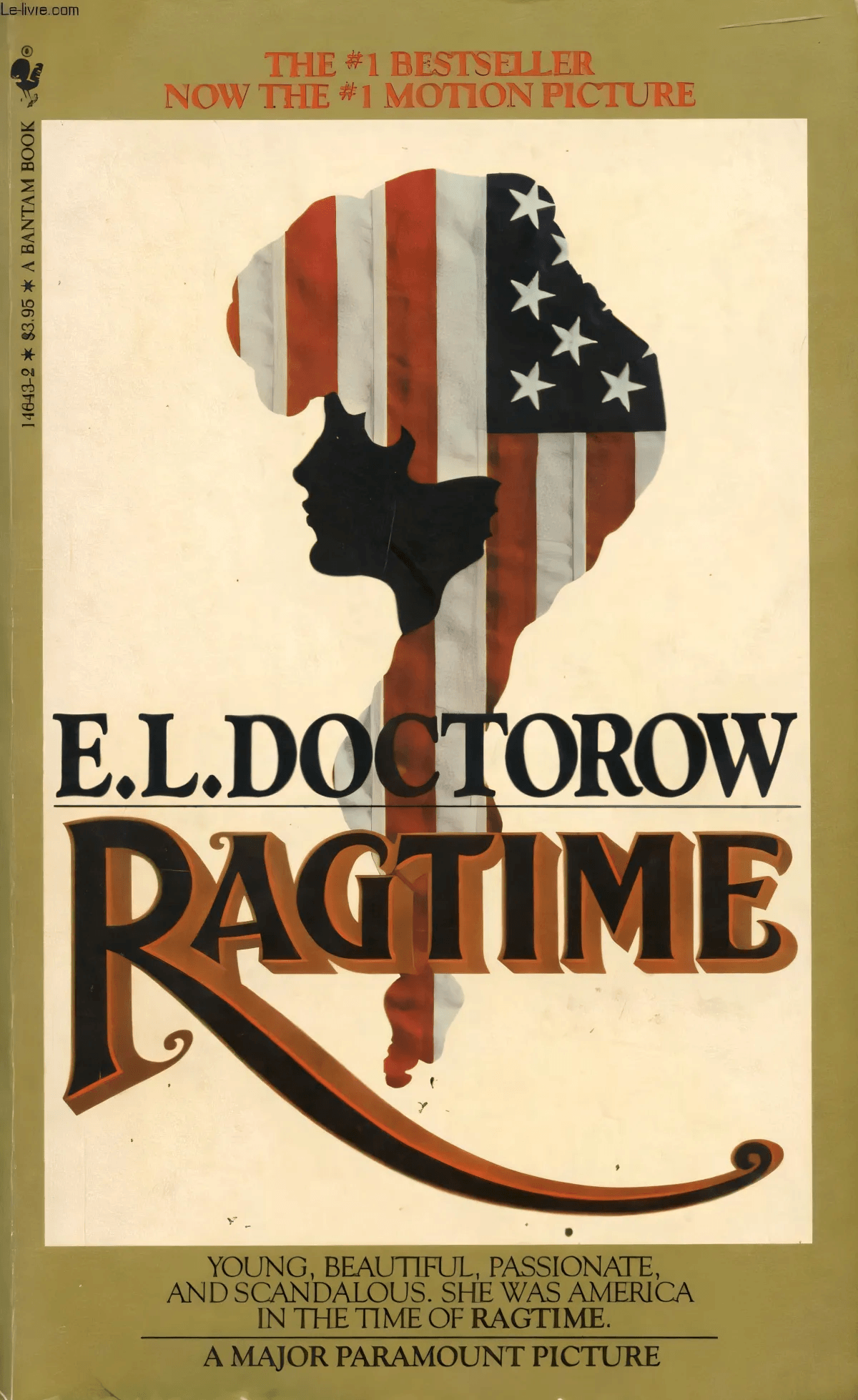
3. Ragtime By E.L. Doctorow
Few men have written as vigorously or with as much originality as E.L. Doctorow. His 1975 novel, Ragtime takes us from 1902-1912, encapsulating everything from racism to technology and even the first airplanes.
Doctorow’s brand of historical fiction gives his stories a sense of truth that lets the reader experience another time they otherwise would not have. As a result, his books are some of the most immersive experiences a reader can enjoy.
There are real-life characters in this story, among them socialite Evelyn Nesbit, Archduke of Austria-Hungary, Franz Ferdinand, Booker T. Washington, and many others. This makes for interesting connections in the book that no history book could ever teach.
It is a deeply fun book, but when a wealthy African-American man has his Model T vandalized, members of the white community choose to join him in the struggle for justice. In many ways, Ragtime shows us what could have been, and speaks on The Civil Rights Movement of its own time.
All in all, the book was well-received, winning the National Book Critics Circle Award for fiction in 1975. In addition to this, the book also took home the American Academy and Institute of Arts and Letters Award in 1976.
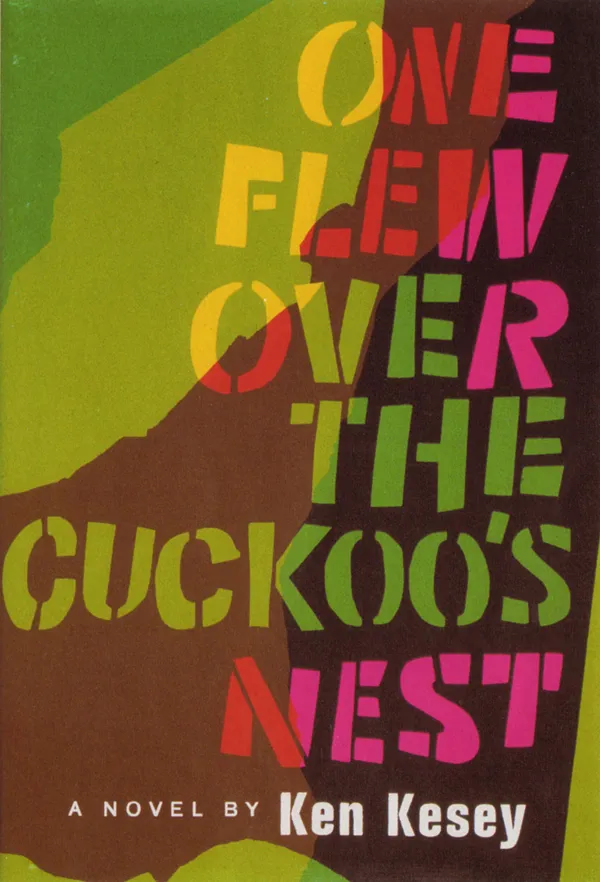
2. One Flew Over The Cuckoo’s Nest By Ken Kesey
In 1962, Ken Kesey gave us this frank depiction of life in a psychiatric facility in Oregon. With this in mind, we are shown the problems involved with modern psychiatry as well as how thoroughly power can corrupt.
Nurse Ratched, or “The Big Nurse” as our half-Native American protagonist calls her, runs the hospital with an iron fist. Newcomer R.P. McMurphy sees the poor way the other patients are treated and encourages them to fight the power. This book came out in a time of tremendous social and political upheaval and as such, it speaks greatly to America’s own power dynamic.
The men in the hospital are allowed to vote on different items, but these votes can be overruled by Ratched. They are also abused and mistreated by the staff, whom Ratched turns a blind eye to. The corruption of power is center stage here, but R.P. fights the good fight and tries to help the men value themselves again so that they might find some happiness in this sad place.
The book tackles some of the big problems of the day, including racism, war, as well as being one of the earliest books to discuss mental health on such a broad level. Kesey’s book gave us the background for a great film as well. The movie version was released in 1975, starring Jack Nicholson and earning five Academy Awards.
It is taught in schools all over the country, and consequently, it is one of the most well-known Great American Novels. It championed the weak and mistreated and reminded us how strong we can be when we put our heads together.
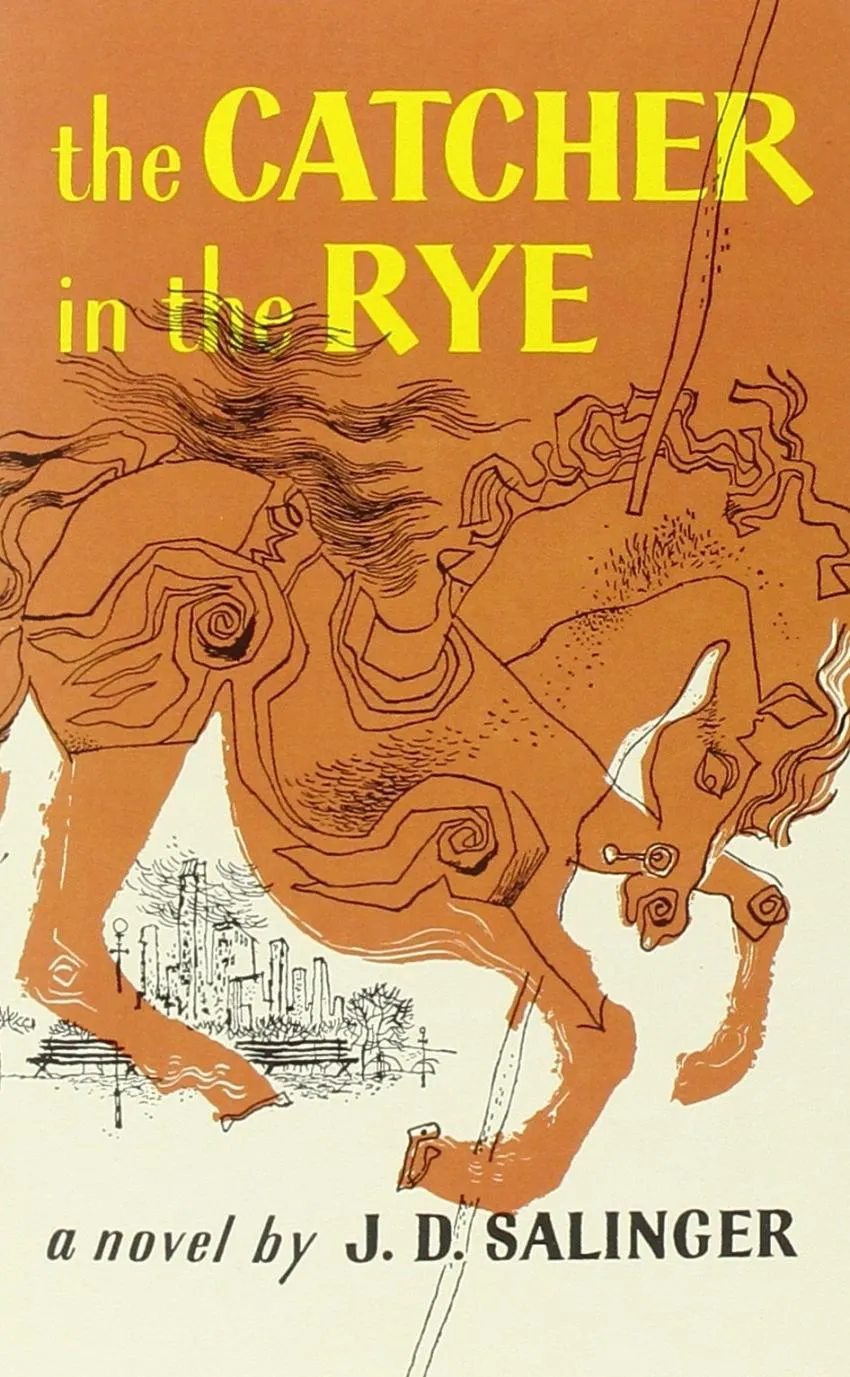
1. The Catcher In The Rye
Few books have become a stronger part of American Culture as J.D. Salinger’s 1951 novel, The Catcher In The Rye. Written with adults in mind, the book has become a special part of millions of teenage kids’ lives for its themes of teen angst, loss of innocence and disillusionment.
Its protagonist, Holden Caulfield, has become a symbol of teen rebellion for refusing to conform. At the same time, the fragility of our youth is shown here with great detail, as it is hard to be a teenager. Indeed there are few books as universally read as this one.
Since its themes touch a very vulnerable and emotional part of our society, this Great American Novel has become a classic coming-of-age story with the reading of the novel itself almost considered a necessary rite of passage. As such, it has been consistently acclaimed since its release.
Its author, J.D. Salinger, was only 32 at the time of the release and was deeply disturbed by the newfound fame he received. He published a few further sets of short stories, many of which are highly acclaimed as well, but never published another full-length novel. He lived the rest of his life as a recluse.
Although the novel itself is not autobiographical, Salinger’s struggles with fame are not unlike Holden’s disillusionment. Indeed, it has been said that J.D. Salinger was the Holden Caulfield of our American Culture, a kind of genius who couldn’t cope with the fame that comes with being a celebrity in this country.
The Great American Novel of the Future
Looking forward, we can be optimistic that the authors of our own time will learn from the books we have just discussed. It is an exciting time for American Literature, and the COVID-19 era will yield great stories as well.
We find ourselves waiting anxiously for the next Great American Novel, but we hope this list gives you some reading material in the meantime. It takes time and hard work to read and understand a great book, but when it is a Great American Novel, the reward comes easy. All of these books will leave you with an essentially special American experience.
Opinions and Perspectives
This really highlights how the American experience keeps changing with each generation.
The evolution of the American novel from Twain to Franzen is fascinating to track.
Reading through this list makes me want to revisit some of these classics with fresh eyes.
Infinite Jest's predictions about entertainment addiction were way ahead of their time.
The writing advice section should've mentioned the importance of diverse perspectives in modern American literature.
Really appreciate how this article explains what makes each book distinctly American.
Wonder if any of today's novels about social media and tech will be considered great American novels in the future.
The Great Gatsby's critique of wealth and status still feels fresh almost 100 years later.
What fascinates me is how each author approached the idea of capturing the American experience.
These novels show such different sides of America. From urban to rural, rich to poor, past to present.
Love how Telegraph Avenue explores the death of small businesses. Still happening everywhere.
Frankly I think some contemporary novels like Freedom or The Brief Wondrous Life of Oscar Wao deserve spots here.
Catcher in the Rye hit differently when I reread it as an adult. Saw Holden's pain more clearly.
The description of Catch-22's war profiteering subplot is still sadly relevant today.
American Pastoral's exploration of political radicalization feels especially timely right now.
Never thought about how Gatsby and Infinite Jest both critique excess in different eras. Interesting parallel.
Ragtime's mix of historical figures and fiction was so innovative. Really brought that era to life.
The writing tips section makes it sound easier than it is! Creating the next great American novel is daunting.
Interesting how many of these deal with father-son relationships and generational conflict.
One Flew Over the Cuckoo's Nest's institutional critique feels even more relevant today.
Reading The Corrections during the pandemic gave it a whole new meaning. The isolation themes hit differently now.
These novels really show how complex and contradictory American identity can be.
Lolita's inclusion makes sense given how it examines American road culture and consumerism through foreign eyes.
I appreciate how this list mixes older classics with more contemporary works. Shows how the tradition evolves.
The section about how to write a Great American Novel was enlightening. Never thought about the marathon aspect.
Telegraph Avenue really resonated with me as someone who's seen similar gentrification in my neighborhood.
Agree about Infinite Jest's relevance. Its take on entertainment addiction feels prophetic in our social media age.
Kind of surprised they didn't mention Native Son. Wright's perspective on race in America was groundbreaking.
The way these novels tackle different time periods is fascinating. Each one captures its era so distinctly.
I think Salinger's reclusive life adds another layer to Catcher's themes of alienation and authenticity.
Reading this made me realize how many perspectives on America these books offer. Each decade brings new interpretations.
Wonder what the next great American novel will be. The pandemic era should produce some interesting perspectives.
I loved how Catch-22 used humor to tackle such serious themes. Makes the anti-war message even more powerful.
The section about writing tips was really helpful. Research is crucial but knowing when to stop researching is even more important.
Valid point about female authors. Their Amazing Adventures of Kavalier & Clay or Beloved would've been worthy additions.
One thing I've noticed is how male-dominated this list is. Where are writers like Toni Morrison or Joan Didion?
The Corrections perfectly captured middle-class family dysfunction. I saw my own family in those characters.
As much as I love Gatsby, I think Tender Is the Night was Fitzgerald's true masterpiece about American expatriate life.
Reading Ragtime in school opened my eyes to how historical fiction can illuminate truth better than textbooks sometimes.
Telegraph Avenue deserves more recognition. The way Chabon captured racial dynamics and gentrification was so nuanced.
I find it fascinating how many of these novels deal with disillusionment with the American Dream in different ways.
One Flew Over the Cuckoo's Nest changed how I think about institutional power and rebellion. McMurphy is an unforgettable character.
Lolita making this list is controversial but I think Nabokov's outsider perspective on American culture was incredibly insightful.
American Pastoral really showed how the 60s counterculture tore families apart. Such a powerful examination of generational divide.
The Catcher in the Rye spoke to me so deeply as a teenager. I still think about Holden's struggle with authenticity and growing up.
I'm surprised Blood Meridian didn't make the cut. McCarthy's brutal portrayal of the American West deserves recognition.
Completely agree about Infinite Jest. The footnotes are part of the experience though - they force you to engage actively with the text.
Catch-22 remains more relevant than ever. The absurdity of war and bureaucracy Heller describes still rings true today.
I struggled to get through Infinite Jest. The footnotes drove me crazy! But I have to admit the commentary on entertainment and addiction was brilliant.
Interesting list but how could they leave out To Kill a Mockingbird? That novel defined American social consciousness for generations.
The Corrections hit way too close to home for me. Really captured that post-9/11 American anxiety and family dysfunction in such a raw way.
I've always felt The Great Gatsby perfectly captured the excess and superficiality of the American Dream. The way Fitzgerald portrayed the roaring 20s was masterful.
